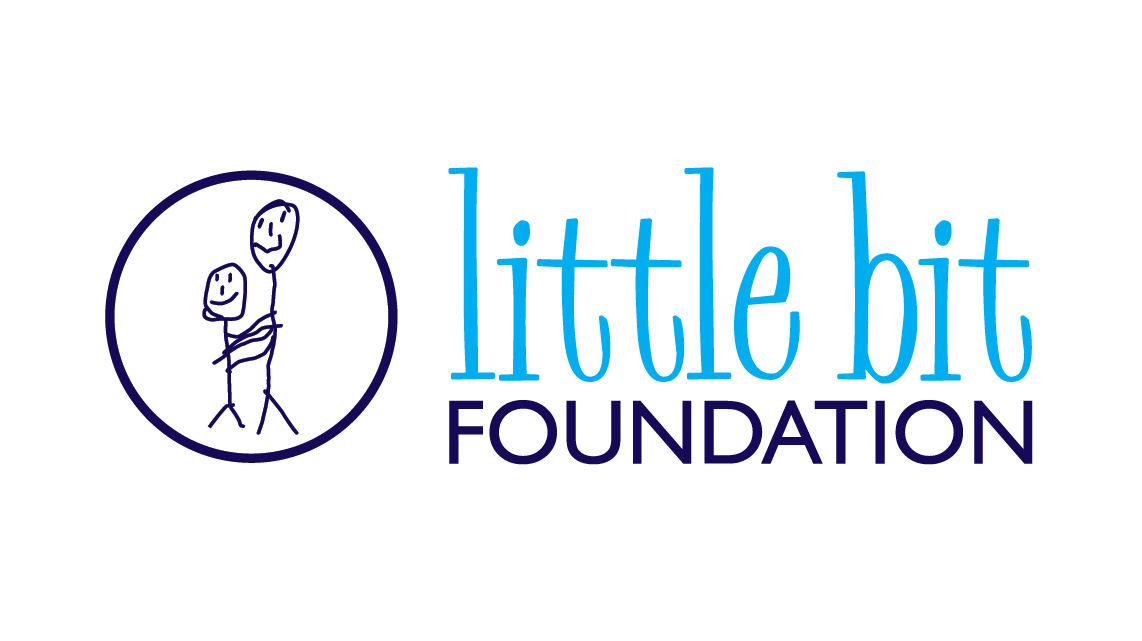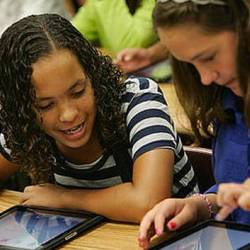Our children are growing up in a digital world, with technology touching just about every aspect of daily life. Educators know that integrating technology into the classroom greatly improves engagement, as it’s a tool they’re already interested and engaged in. “It’s vital that all children have access to innovative education. Teaching students how to use technology to learn, research, collaborate and create will better prepare them for the real world,” says Steve Coxon, Associate Professor and Executive Director of the Center for Access and Achievement at Maryville University. “Unfortunately in high poverty schools, access is limited and too often students are given lower level work than they’re capable of accomplishing.”
Coxon and his team partner with high need school districts and nonprofits to help prepare students with the skills and abilities they need to succeed in STEM fields in college and the careers of the future. They developed the CREST-M (Children Using Robotics for Engineering, Science, Technology and Math) component of the mySci Do program Little Bit offers to partner elementary schools in collaboration with Washington University’s Institute for School Partnership through a grant from The Bayer Fund. With additional funding from Bayer, Little Bit and Coxon have collaborated to now bring digital storytelling to Little Bit middle schools.
“It’s really exciting to see Little Bit grow in these areas,” says Coxon, who first ran into the organization in schools several years back. “I remember a student we were working with that couldn’t see the board and how quickly Little Bit coordinated getting him eyeglasses. When I learned they were interested in facilitating STEM curriculum, I jumped at the chance to collaborate.”
Of digital storytelling, he says, “We didn’t pioneer this; it’s been part of classroom curriculum for years, with measurable benefits in reading comprehension, critical thinking and writing.” What Coxon has designed is a customized guidebook to walk students and teachers through the process, while Little Bit provides iPads on which they create their work, assists classrooms in implementation and evaluates their progress.
Digital storytelling follows the traditional process of writing – brainstorming, creating, editing – the difference is that each step, from planning to publishing, is completed on a digital platform, explains Coxon. (See video he shares in the guidebook to illustrate the concept.) “The strength of digital storytelling is that it gives students a chance to not only interact with the digital world but make their own mark; it’s taking that bigger leap from participant to creator.” Additionally, he says, the process promotes teamwork, as students work together on projects, and leadership, as they develop initiative and often choose to tackle a problem with their story, such as potential solutions to water shortages across the globe. “They’re taking ownership…of learning and expression.”

